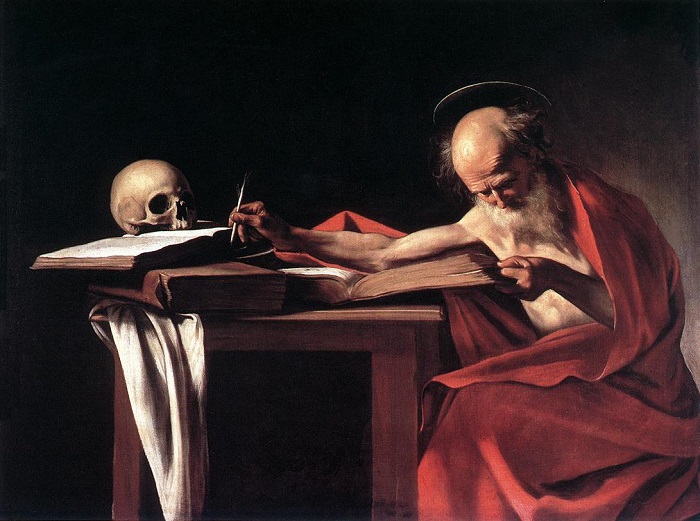Specialised Tourist Discourse: Translating Schott’s Itinerarii in Early Modern England
DOI:
https://doi.org/10.13133/2239-1983/16385Abstract
This article aims at analysing the English translation of one of the most important early travel guidebooks in the European Renaissance panorama, Frans Schott’s Itinerarii Italiae rerumque Romanarum libri tres. Its first (and possibly last) English edition by Edmund Warcupp was published in London in 1660 with the astonishing title Italy, in its Original Glory, Ruine and Revival, probably using an Italian version of the text, printed in Padua in 1654, as source text. The first part of the article is dedicated to an overview of English for Special/Specific Purposes (ESP) in the Renaissance, an introduction to Warcupp’s text and the translational aspects linked to his 1660 edition of Schott’s guidebook. The last two sections draw upon tools offered by corpus linguistics: a multilingual parallel corpus of the Latin (1600), Italian (1654), and English (1660) versions of Itinerarii is presented and in particular Warcupp’s edition is analysed in order to study its author’s translation style and contextualise Italy in the early modern English linguistic panorama which was dominated by “an ease with variation” (Hope 2010, 135).
Downloads
Published
How to Cite
Issue
Section
License
Gli autori che pubblicano su questa rivista accettano le seguenti condizioni:- Gli autori mantengono i diritti sulla loro opera e cedono alla rivista il diritto di prima pubblicazione dell'opera, contemporaneamente licenziata sotto una Licenza Creative Commons - Attribuzione che permette ad altri di condividere l'opera indicando la paternità intellettuale e la prima pubblicazione su questa rivista.
- Gli autori possono aderire ad altri accordi di licenza non esclusiva per la distribuzione della versione dell'opera pubblicata (es. depositarla in un archivio istituzionale o pubblicarla in una monografia), a patto di indicare che la prima pubblicazione è avvenuta su questa rivista.
- Gli autori possono diffondere la loro opera online (es. in repository istituzionali o nel loro sito web) prima e durante il processo di submission, poiché può portare a scambi produttivi e aumentare le citazioni dell'opera pubblicata (Vedi The Effect of Open Access).


